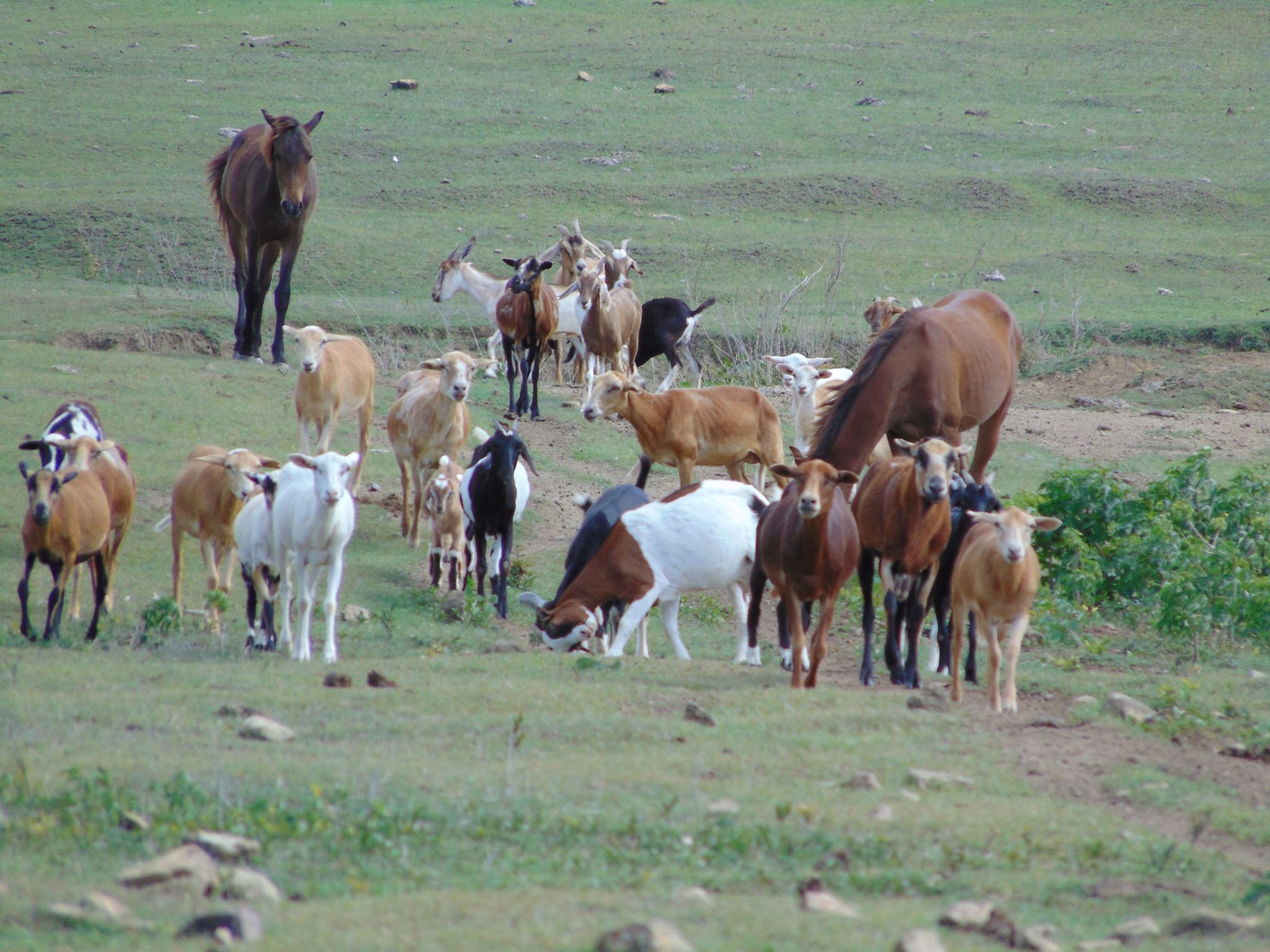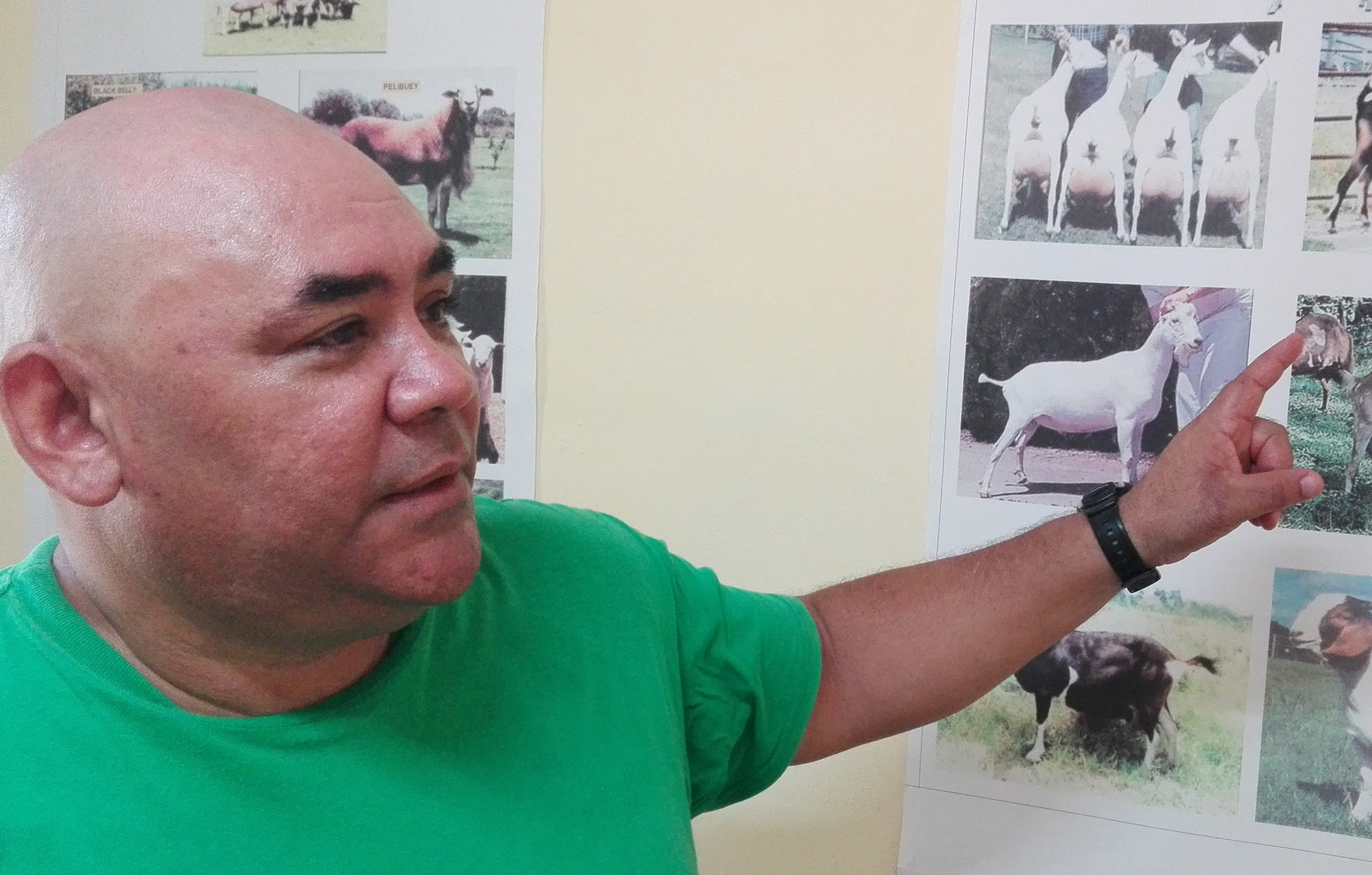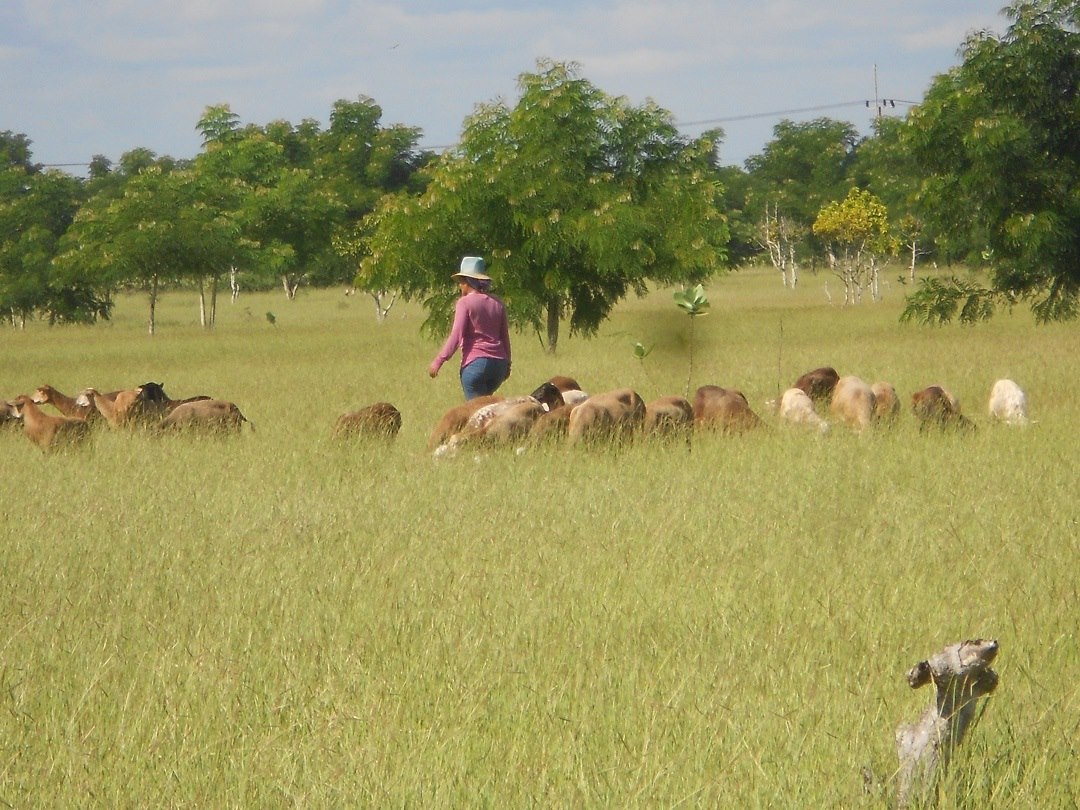
"The sheep-goat breeding in the province of Las Tunas has had three very tortuous years due to the diseases that appeared during that period, especially oestrosis, and the insufficient availability of medicines to treat them.”
Las Tunas, Cuba.- These words of Osmani Medina Blanco, a production technician and main doctor of the Small Livestock Enterprise in Las Tunas, summarize the difficult situation that has caused serious consequences in the flocks, with a substantial decrease of the specimens, especially of rams.
 "Mortality is relatively high. It happens when there is a new disease because it is not known how to control it. For example, in the year 2018, we lost about eight thousand animals and 90 percent of them were due to the infestation with Oestrus ovis or nose worm.
"Mortality is relatively high. It happens when there is a new disease because it is not known how to control it. For example, in the year 2018, we lost about eight thousand animals and 90 percent of them were due to the infestation with Oestrus ovis or nose worm.
It is a fly that produces larvae and these live in the ram's nasal cavity. It is not a traumatic condition from an infectious point of view, but it is very harmful to the animal's physiology. Specifically, there are worms walking through their nostrils and feeding on the mucus produced there. The animal tends not to eat, loses weight and its immune system is weakened until death.
It is a typical problem of sheep and has been known for many years in Europe, Africa and some American countries. It reached Cuba from the eastern region, and cases were reported in Guantánamo, Santiago de Cuba and Granma.
In Las Tunas it appeared in February 2017, by the municipality of Majibacoa. As it is a disease of fast extension, it is already in the whole province.
"It happens that, nowadays, there is no medicine cabinet ready to be used when problems appear and Cuba doesn´t have the solution for that disease. We even lack the necessary resources to deal with other situations.”
 "The Labiofam Business Group, which is the supplier of medicines, is having difficulties with supplies. Sheep, goats and rabbits, which are our range of action, are susceptible to diseases, some of them very serious, such as contagious stigma or coccidiosis in rabbits.”
"The Labiofam Business Group, which is the supplier of medicines, is having difficulties with supplies. Sheep, goats and rabbits, which are our range of action, are susceptible to diseases, some of them very serious, such as contagious stigma or coccidiosis in rabbits.”
"In addition, in the rainy season, there are many foot problems. That was not difficult to attend to years ago; but, now it is.”
Due to the lack of industrial medications, the breeders appeal to other solutions, including green medicine, with which they control the disease because eliminating it is impossible.
"In some cases, they use Labiomed or formaldehyde. We recommend using Larvametrine, which is a product designed for fly larvae, as a preventive and curative, with good results. There are those who have used the nim tree, Permethrin and many other things that in one way or another alleviate the problem.”
"The important thing is to take action urgently. It is necessary to clean the flocks, separating the sick animals from the healthy ones and although the fly is difficult to detect, the advisable thing is to avoid that it gets to put its eggs because the worms can be up to nine months within the nasal graves.”
In Las Tunas, livestock producers learn to deal with the Oestrus ovis; but there cannot be confidence. The future of the ovine cattle ranch is gained today with prevention.






